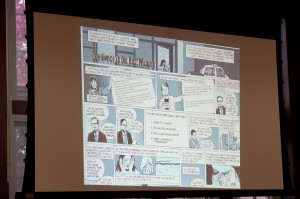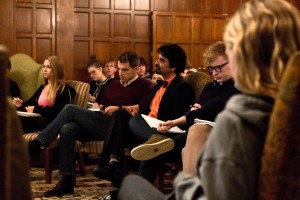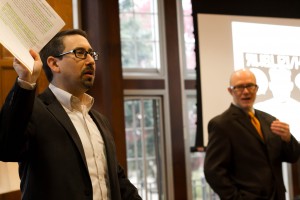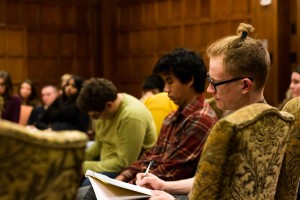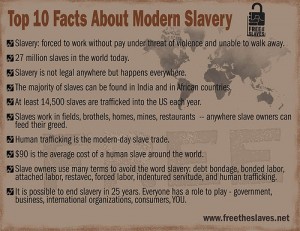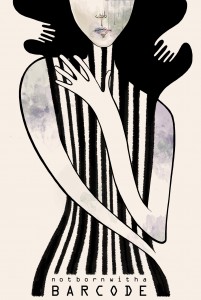When watching this video, I swelled on questions about how her photographs and narration vary from the approach taken by Dan Archer, as they addressed very similar stories. Do you prefer one over the other? Is one more effective than another? What are the benefits and limitations of each approach? Just some thoughts for your Sunday afternoon.
“Photographer Lisa Kristine has been traveling the world for the last 2 years documenting the problem of modern day slavery. Some 27 million people are thought to be enslaved worldwide even though human slavery is illegal. From backbreaking labor in brick factories and underground mines, to sex slavery, to textile mills and farms, Lisa tells the story of the people featured in her heart-braking photographs.
In a world where the items being produced have far more value than the people producing them, and women and children are terribly objectified, slavery is sadly a persistent horror that requires worldwide attention. Please watch this TedX presentation and support the work of FreeTheSlaves.net.”

